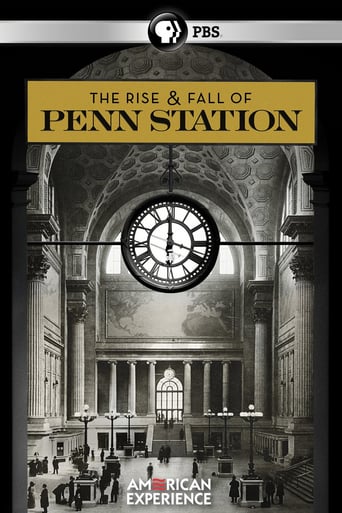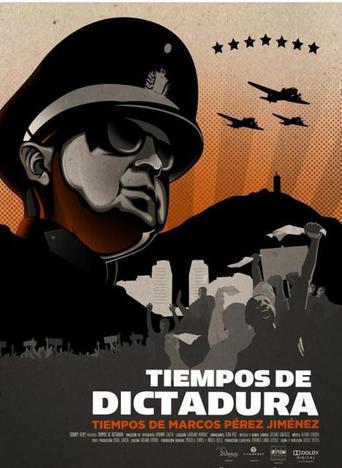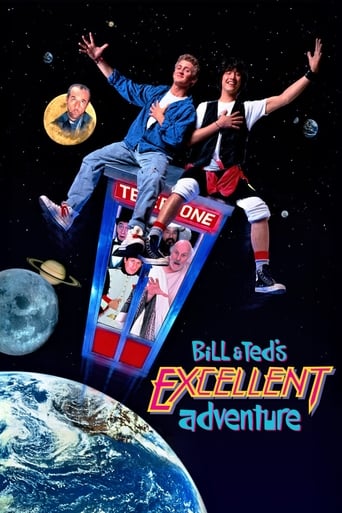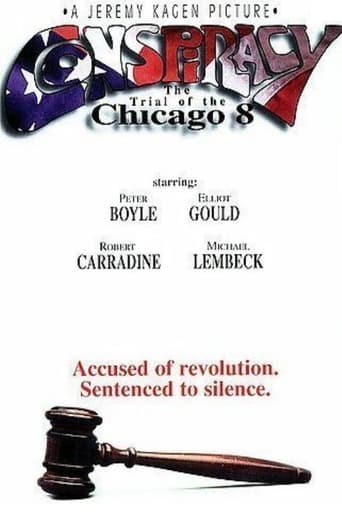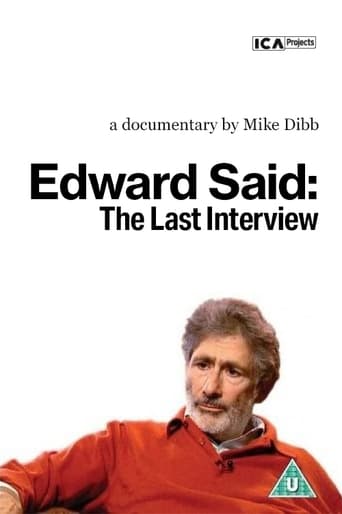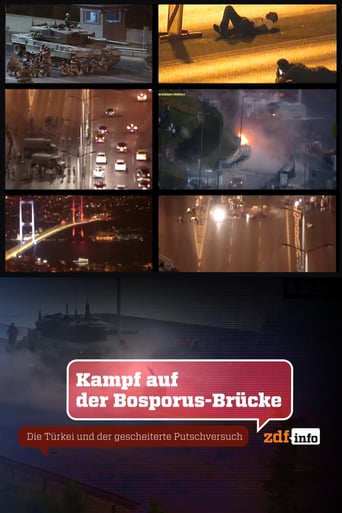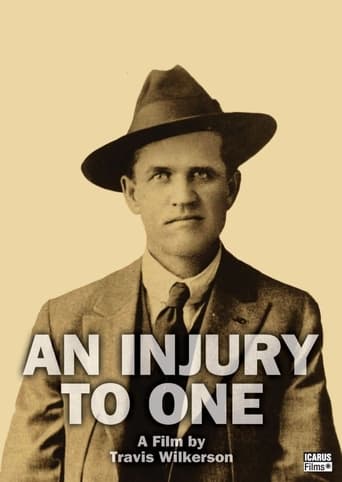
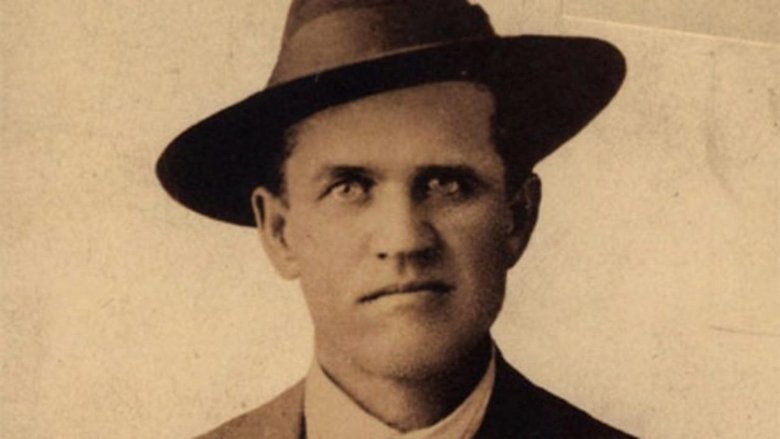
An Injury to One (2002)
An experimental documentary exploring the turn-of-century lynching of union organizer Frank Little in Butte, Montana.
Watch Trailer
Cast


Similar titles
Reviews
Although not the best film I've ever seen, scarcely could one call it a dud. If one truly has an appreciation for avant-garde aesthetic, the film is a treat. Most of what Wilkerson presents can be corroborated in the bibliography on the Wobblies. However, in the case of Wilkerson's film, the aesthetic approach is very intriguing when compared to straightforward historiographic accounts, and thus, most welcome. It is representative of WWI working class life in the mines (focusing more on corporate espionage) and the collusion of corporations and the state in suppressing social justice. The leftist discourse in the film is drawn directly from the IWW personal journals, diaries and local newspapers, not Wilkerson himself.
I would have to say that I "enjoyed" this production very much because I felt it was truthful regarding what happened during that time and the aftermath. Especially telling was the evolution of the Sedition Act from a tool of local control to one used nationally. As far as I was concerned, everything worked for me to set the tone the material deserved; the music, and protest songs, the narration, and the use of photographs and screen text. I cannot remember the line exactly but it went to the heart of what was being fought for; a recognition of unsafe condition for the miners, a lack of fairness in wages, and the denial of the right to bargain collectively. The line was something along of this; "How can we discuss if we cannot speak?" It was meant to highlight that the miners were not even allowed to talk about the issues at hand because it was determined that for a strategic war industry (copper mining), any protest or dissension hurt the war effort and was tantamount to treason.I think there are quite a few parallels to what is taking place today. The Patriot Act comes to mind as well as mainstream media acting as administration lackeys.
I finally saw this documentary last night at a local radical bookstore. I had read a fairly glowing review of it by J. Hoberman in the "Village Voice" about a year or so ago and had been curious to see it. Turned out to be a real dud. It was essentially an art school project. And it showed it in spades. It was ponderous, pretentious and preachy (please excuse the alliteration). The thinness of the material and the fact that the filmmaker was trying so hard to make the murder of Frank Little to be so very representative and monumental only showed how lazy he was in doing his homework. And the filmmaker had the unmitigated gall to slowly display the lyrics to 4 different labor songs, one word at a time. Total arrogant crap. And you wonder why the Left has lost so much credibility. This documentary made me very curious about many of the other details of the labor situation in Butte, Montana, at the time of the Little's murder. Personal journals, diaries and papers published by the workers themselves would probably be good source material. That would give me more of a feel for the everyday life of these people, not the fact that Frank Little made a brief appearance in their midst, stirred them up and was then summarily executed by the powers-that-be for his trouble.
This documentary about the miners and capitalists of Butte, Montana, is pretty good, considering it's part of someone's dissertation. Comprised mostly of lingering landscapes, stills, and narration, the film details the efforts of IWW activist Frank Little to organize the workers of Butte in 1917. The film also takes some surprising diversions regarding novelist Dashiell Hammett and McCarthyism and ends with a brief update on the dire condition of Butte and its environs in the twenty-first century. Though imperfect--the deadpan narration is a little too self-important, the utilization of Butte mining songs disengaging, and some camera shots tend to linger several seconds too long at times--this is a fascinating document of a little known period of American history. The soundtrack, provided by artists such as Low, Dirty Three, and Will Oldham, is particularly noteworthy.




